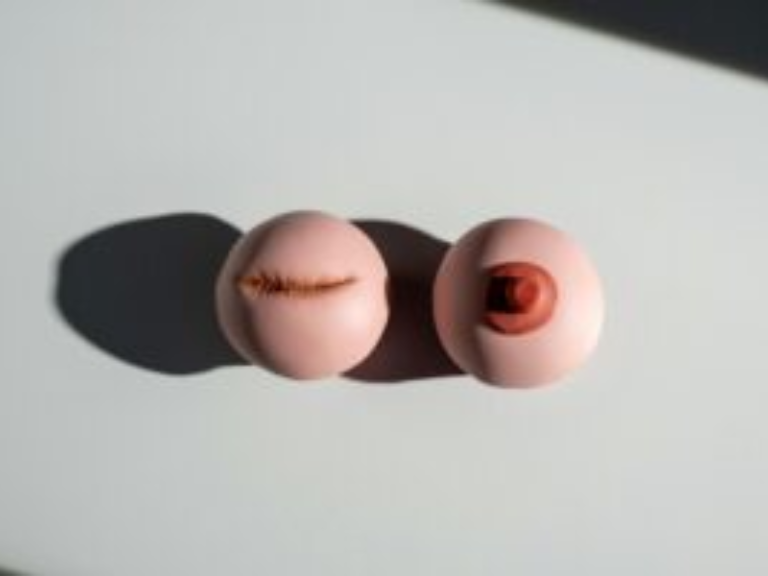
Normal Male Anatomy: Most Misunderstood Tiny Mystery
Let’s talk about something awkward. Normal Male Anatomy, You’re showering, shaving, or just existing in your own skin when—wait, what are those little bumps? Tiny, flesh-colored, maybe clustered around your nether regions. Panic ensues. “Is this an STD? A weird pimple? Should I Google this?” (Spoiler: Don’t.) Chances are, you’ve just met your Tyson glands—the body’s most harmless yet hyper-stigmatized little quirks. And no, they’re not a sign of anything sinister. Here’s what’s actually going on. What Even Are Tyson Glands? Named after a 19th-century anatomist (not the boxer or the chicken nuggets), Normal Male Anatomy are modified sebaceous glands—think of them like microscopic oil factories. They’re found along the frenulum (that delicate strip of skin under the penis head) or near genital mucosa, and they exist for one simple reason: to keep things gliding smoothly. The Science: They secrete tiny amounts of oil (smegma, if we’re being clinical) to reduce friction. Like nature’s built-in lube. The Shock Factor: Up to 80% of people with penises have them, per a 2023 Journal of Dermatology study. Yet most have no idea they exist until they freak out and start WebMD-ing at 2 AM. Why Everyone Thinks They’re a Problem Let’s blame three things: The Internet’s Fear Machine Search “tiny genital bumps,” and you’ll get a tsunami of STD panic. Meanwhile, Tyson glands are totally normal—just rarely discussed. Bad Sex Ed Schools teach STIs and pregnancy, not “Hey, your body has weird little oil glands, and that’s fine.” The “Should These Be Here?” Dilemma Unlike pimples or ingrown hairs, Tyson glands don’t change size, itch, or hurt. But because no one talks about them, people assume the worst. Tyson Glands vs. The World Not to be confused with: Fordyce spots (similar oil glands, but on lips/scrotum). Genital warts (rough, irregular, and caused by HPV). Pearly penile papules (another harmless quirk, but ring-shaped). The Telltale Signs of Tyson Glands: Tiny (1-2mm), flesh-colored or whitish. Arranged in a neat row or cluster. Zero drama: No pain, no growth, no oozing. The Big Question: Should You “Fix” Them? Short answer: Nope. Long answer: Still nope. Dermatologists’ Verdict: Unless they’re causing discomfort (rare), leave them alone. “Treatment” (like excision or lasers) is overkill for a natural body part. The Real Fix: Normalize them. Bodies have quirks. These are like freckles for your privates. Why This Matters We’re cool discussing acne, stretch marks, or arm hair—but the second something appears down there, shame kicks in. Tyson glands are a reminder: Bodies aren’t assembly-line perfect. And that’s okay. Final Thought: Next time you spot them, instead of panic, try: “Huh. My body’s just doing its thing.”

